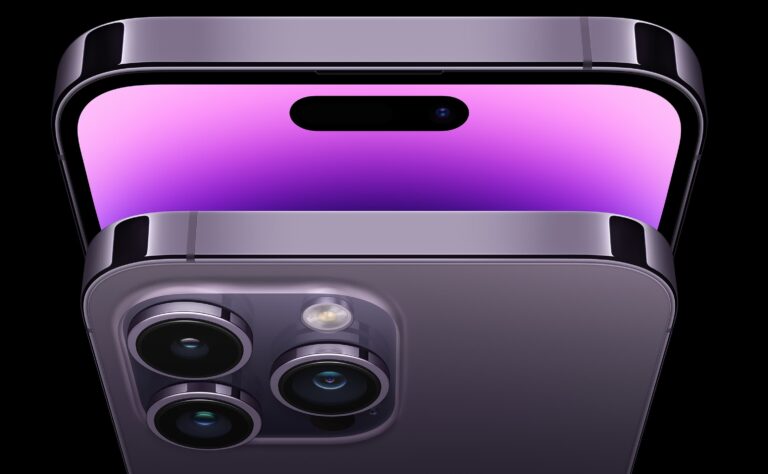
[ad_1]
Why it matters: Ray tracing is still mostly exclusive to current-gen game consoles and recent mid to high-end PC graphics cards, but it’s starting to appear on mobile hardware as well. A recent report reveals that Apple’s latest iPhone could have marked a grand debut for portable ray tracing, but the company abandoned the plans at the last minute.
If you found the iPhone 14 Pro’s graphics processing to be a rather tepid improvement from its predecessor, a report this week from The Information may reveal why. Sources claim the premium phone’s GPU nearly supported hardware-accelerated ray tracing before a hasty backtrack hobbled it.
Unfortunately, Apple’s engineers found a flaw late in the iPhone 14 Pro’s development that caused its GPU to draw too much power. To shore up the device’s battery life and thermals, Apple had to hurriedly pivot the A16 Bionic chip’s graphics processor to that of the previous generation A15, found in the iPhone 13.
The setback was allegedly a major one in Apple’s hardware design history, leading to a shakeup in the company’s graphics processing team. The report mentions broader talent loss among Apple’s hardware design teams.
Had the iPhone 14 Pro launched with ray tracing, it could have gone toe-to-toe with Android phones featuring Qualcomm’s Snapdragon 8 Gen 2 platform which supports ray tracing and Unreal Engine 5. Flagship devices like the Xiaomi 13 series, Moto X40, and Vivo X90 Pro+ are already on the market powered by Qualcomm’s latest SoC while others from Asus, OnePlus, and Sony are on the way.
Imagination Technologies showcased an early attempt at mobile ray tracing last year with its PowerVR IMG-CXT. In June this year, Arm announced the Immortalis G715, a mobile GPU supporting ray tracing and variable rate shading.
Apple’s mishap seems to have put the iPhone 14 Pro behind the competition in GPU performance. Graphics processing benchmarks put the A16 Bionic behind the Snapdragon 8 Gen 2 and MediaTek’s Dimensity 9200 – the first Immortalis G715 chip.
Once Apple manages to get ray tracing in its silicon, it will likely come to both its mobile and desktop chips. The Apple Silicon version of Resident Evil Village currently lacks the graphical feature unlike the Windows, PS5, and Xbox Series versions, but the game menu simply grays it out in the settings instead of removing it entirely. The insignificant detail could be interpreted as hinting that upcoming Apple Silicon was meant to support ray tracing.
[ad_2]